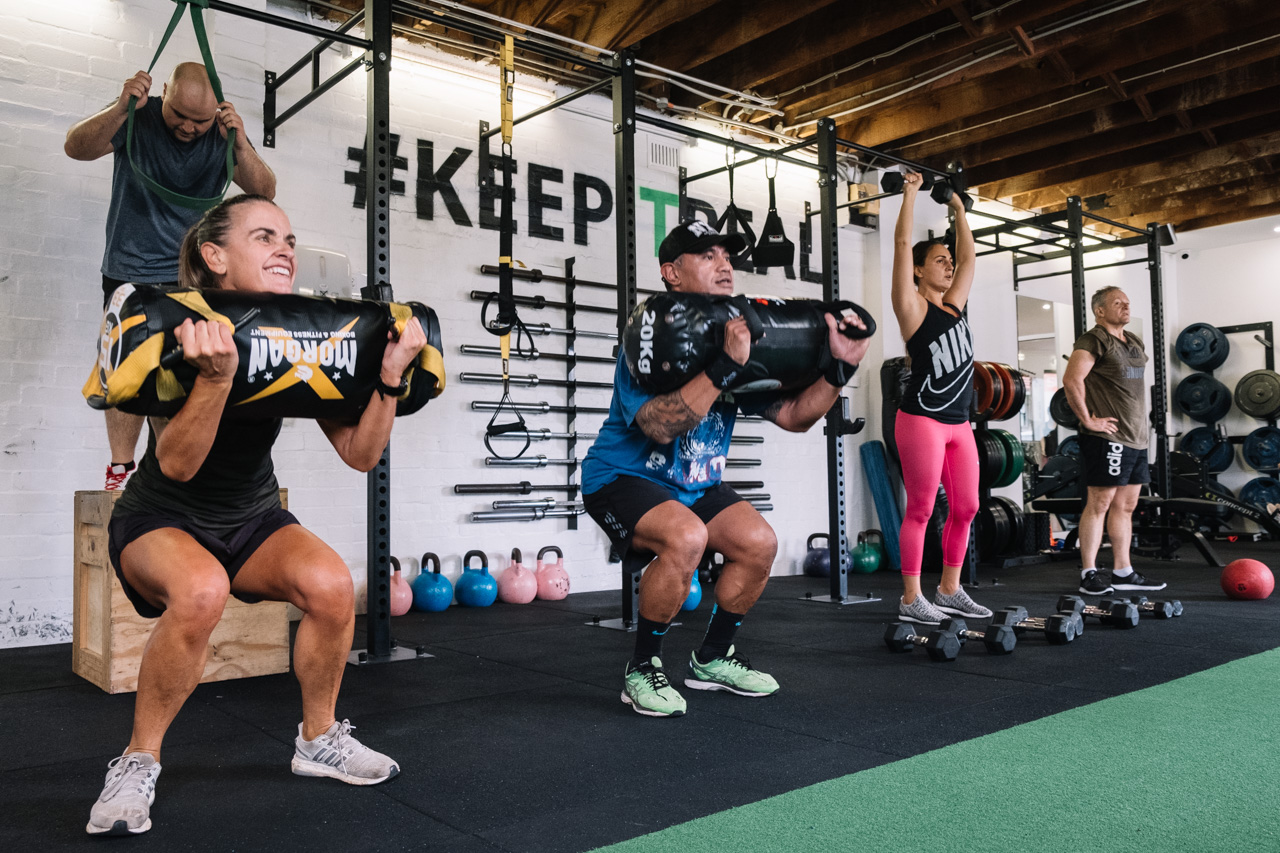Customer Support | Call us on 02 4257 1105 or reach out to us via email info@morgansports.com.au
Holiday Closing Dates | Last day is 19/12/2025 - First day is 5/1/2026. Merry Christmas & HNY!
Customer Support | Call us on 02 4257 1105 or reach out to us via email info@morgansports.com.au
Holiday Closing Dates | Last day is 19/12/2025 - First day is 5/1/2026. Merry Christmas & HNY!




Date Posted:15 February 2021

Transforming your physique from lean to muscular is achievable with consistent strength training. If attending a gym isn't feasible, investing in a squat rack for your home can be a prudent decision. This equipment allows for regular weightlifting sessions at your convenience. Before making a purchase, consider the following insights about squat racks.
The cost of a squat rack can range from approximately $60 to $400, prompting many to question its necessity. However, most gyms and fitness centres feature squat racks, underscoring their importance in strength training. While lifting weights with just a barbell and light plates is beneficial, a squat rack enables you to safely progress to heavier weights, enhancing your strength training regimen.
Yes, a squat rack can be utilised for bench presses. By placing a bench within the rack and adjusting the bars to your range of motion, you can perform bench presses safely.
A squat rack facilitates various exercises that engage multiple muscle groups, including:
Squat pads can provide comfort by cushioning the barbell on your shoulders. However, they may affect bar stability and form. It's advisable to use them sparingly and focus on proper technique to prevent discomfort.
When selecting a squat rack, consider:
To give you a better picture, a squat rack is fully adjustable. Morgan Sports power cages and squat racks, for example, can accommodate the full-size 7ft Olympic weight bar. Or you may also use the 6ft, 5ft, or 4ft bars with it. Plus, it can hold up to 250kg of weight, be it a bumper plate or cast iron.
Both options can give you the best results for your squat exercises. But the difference lies in how you want to do your squats. With this in mind, it’s practical to take a look at your strength training regimen first and see whether you like weight dumping or want to use safety stoppers more. Here’s a chart that compares the squat stand and power cage based on five key shopping factors – price, stability, size, flexibility, and safety.
|
|
Power Cage |
Squat Stand |
|
Price |
Starts at $500+ without accessories. |
Starts at $200+ without accessories. |
|
Stability |
Extremely resilient, and you can be 100% confident in its quality to support your heavy lifting routines for many years. |
Although not as stable and resilient as the power cage, the squat stand can accommodate all your basic lifting needs. |
|
Size |
A power cage usually needs 10 sq. ft of space at home. It’s also bulky and heavy, making it difficult to move around. |
Its space-saving design is perfect for small, low-ceiling spaces. You can fit your squat stand into a corner in your room. And you can move it around easily. |
|
Flexibility |
A power cage is more versatile than a squat stand. With it, you can do deadlifts, barbell curls, pull-ups, inverted rows, and chin-ups. |
This is the perfect equipment to use if you like Olympic lifts. You can also do bench presses and squat variations. |
|
Safety |
With its lateral safety straps and pins, you can enjoy maximum safety with a power cage even if you work out without a spotter. You can also set the horizontal bars as safety stoppers at various heights. |
A squat stand doesn’t offer much support for dumping weight. |
Bolting down a squat rack enhances stability, especially when lifting heavy weights. However, many modern racks are designed to be stable without bolting, provided they're used on a flat surface and within their weight capacity.
In a home gym, using the squat rack for deadlifts is acceptable. In commercial gyms, it's courteous to perform deadlifts outside the rack to keep it available for others.
A 7-ft Olympic squat rack bar usually weighs around 17 to 20kgs. And if you’re new to lifting weights, try to practice with the bars first before adding the weight plates. This will help you get a better feel for it. When doing back squats, make sure to keep the bar at the base of your shoulders, instead of at the bottom of your neck. This is the way to engage your upper back muscles with the weight of the bar.
A 7-ft Olympic squat bar typically weighs 20.4kgs. And many newbies usually start with this weight. Free weights are usually added to increase strength over time. Add to that the varying weight of the rods and bolts for the barbells.
A squat rack is a versatile piece of equipment that allows for a variety of exercises, including squats, bench presses, and barbell lunges. Owning one provides the convenience of working out at home, eliminating the need to wait for equipment at the gym.
Incorporating a squat rack into your home gym can elevate your strength training, offering safety, versatility, and convenience.